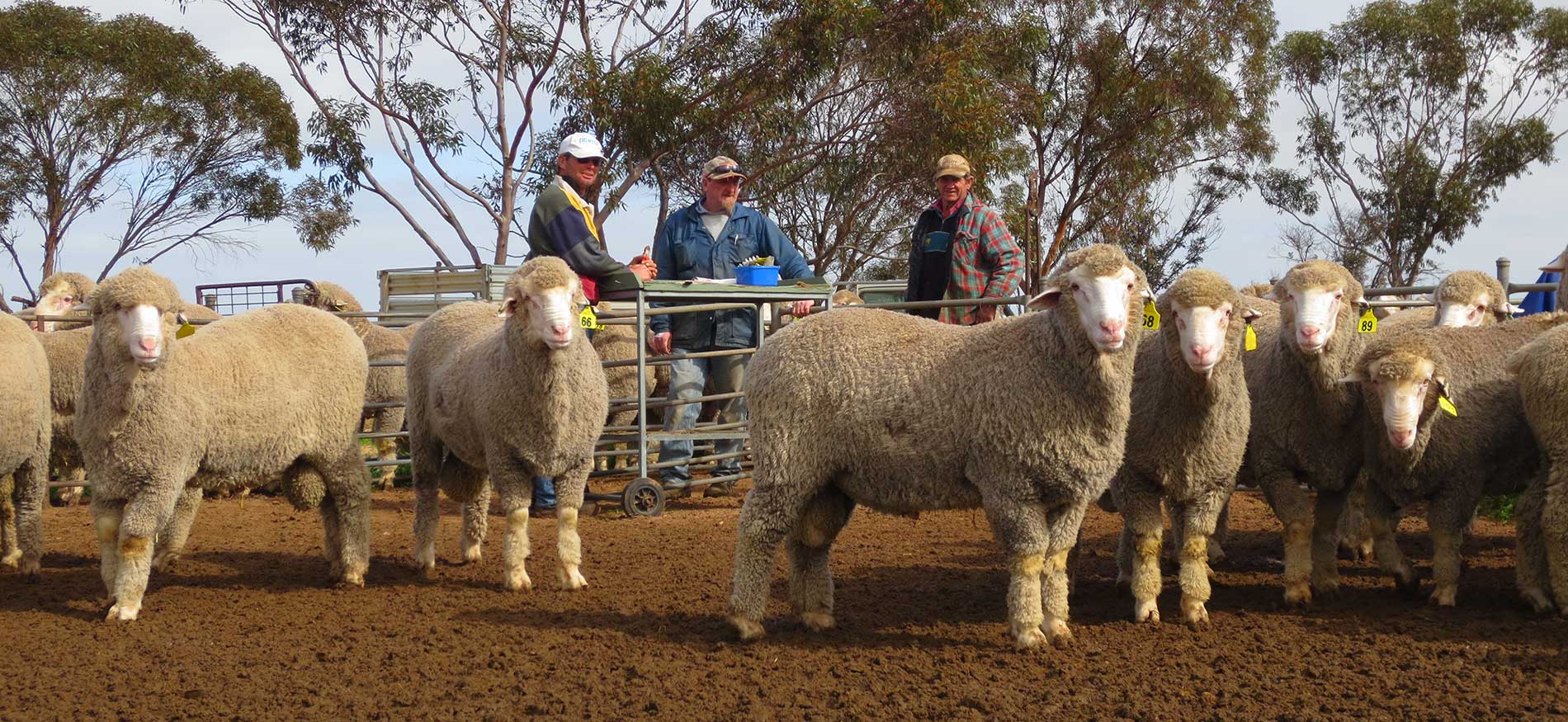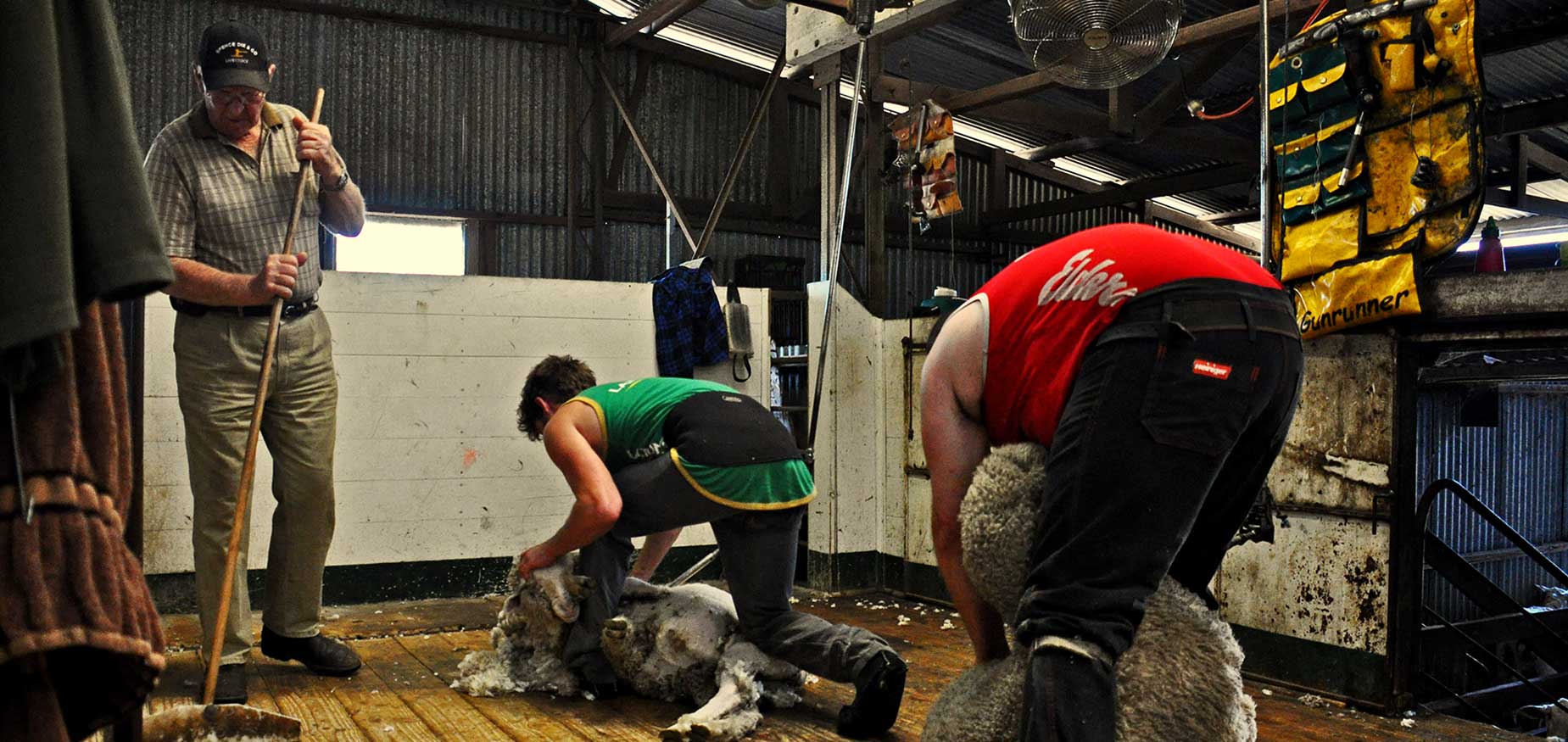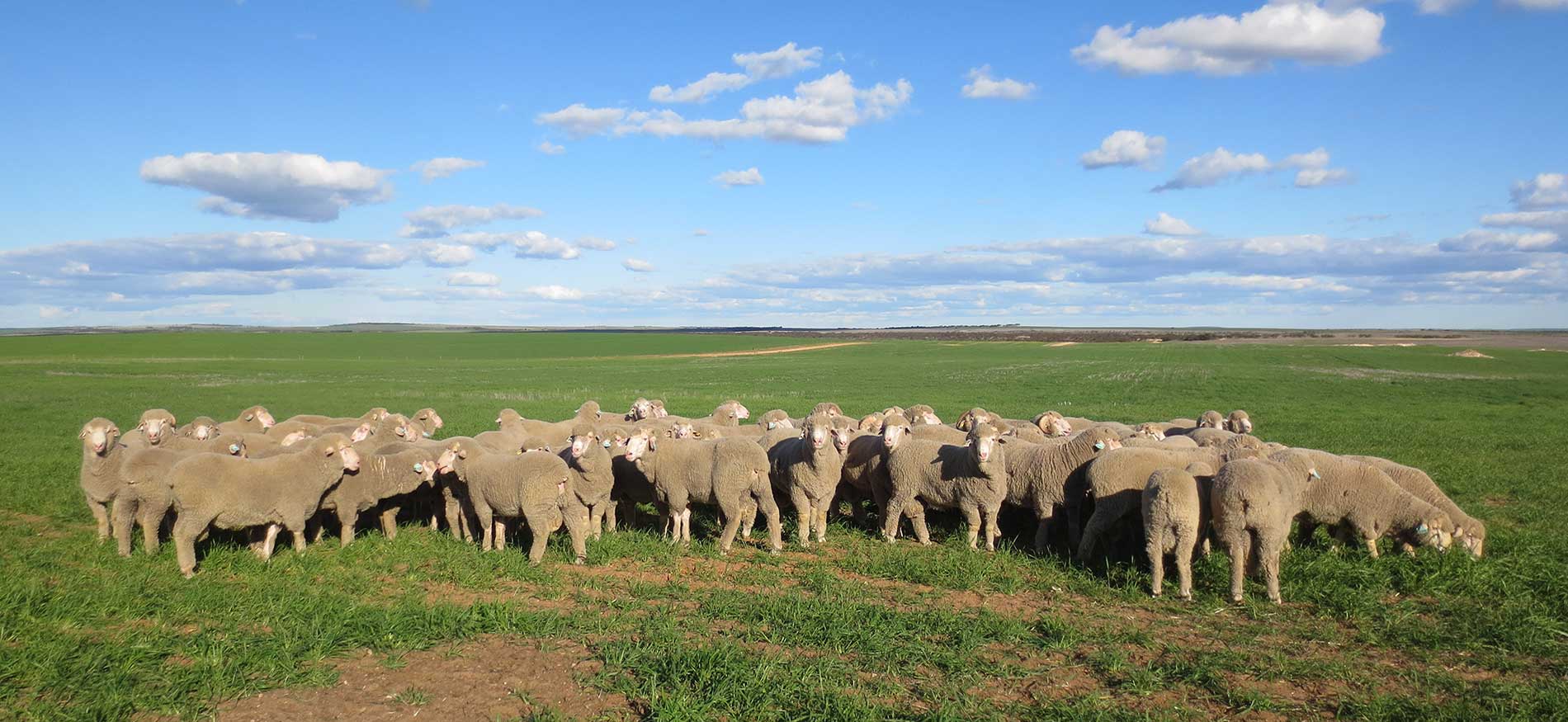Stock Journal Article - June 2025
Author: Deb Purvis, Purvis Agri Finance
Succession planning is essential for the long-term viability of farming businesses and ensuring the smooth transition of responsibilities to the next generation. It involves much more than just business logistics—it also touches on family history, emotional ties, and financial relationships. A well-thought-out, written, and regularly updated succession plan is crucial for protecting both the business and family interests.
Key Elements of Succession Planning
A good succession plan should clearly define the following:
- Retirement Funds: Determine the financial resources needed for retirement.
- Business Transition: Identify who will take over the farm, when, and how.
- Asset Transfer: Plan for how assets will be transferred between generations.
These discussions should involve all interested family members, with guidance from trusted advisors such as accountants, lawyers, and brokers.
Collaborating with Advisors
Working with a team of advisors brings a variety of perspectives to the table, which is vital for a comprehensive plan. Regular meetings are necessary to review the plan and make adjustments as family dynamics or business conditions change. Key advisors will help ensure that both the farm’s business side and family needs are balanced.
Financial Considerations
It’s important to maintain financial flexibility during the succession process. This includes:
- Off-Farm Assets: Having assets like superannuation or shares can help smooth the transition.
- Scenario Planning: Consider different future scenarios, including changes in farm operations or personal financial needs.
Financial flexibility also allows for decisions like paying off family members or managing debt in ways that benefit the overall transition.
The Bank’s Role
While succession planning may seem like a private family matter, it’s something your bank will be interested in. A strong and up-to-date succession plan demonstrates to the bank that the farm has long-term sustainability and that ownership is clear. This can make securing finance easier, as the bank will feel confident in the farm’s financial future.
Steps for a Smooth Succession
For a successful transition:
- Engage the Next Generation Early: Involve them in discussions so they understand their roles and responsibilities.
- Set Up Documentation in Advance: Clear communication and planning should begin well before the transition is needed.
- Consider Housing and Off-Farm Assets: Plan for the retiring generation’s living arrangements and ensure off-farm investments are part of the plan.
Ongoing Review and Flexibility
Succession plans are not static. They need to be revisited regularly to reflect changing circumstances, whether that’s changes in the family, business, or external factors. Regular updates, open communication, and flexibility are key to successful succession planning.





